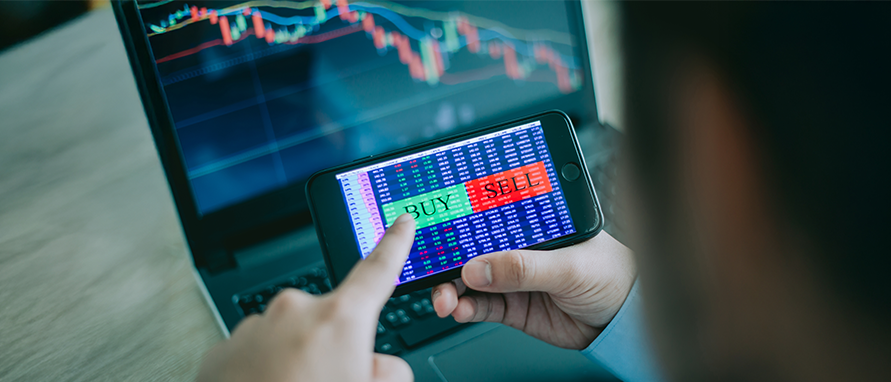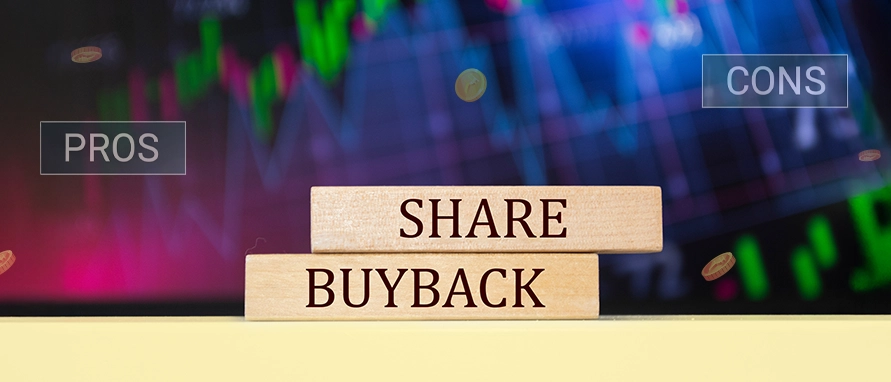-
Our ProductsLoansCardsInsuranceInvestmentsStock MarketElectronics MallCIBIL ScoreKnowledge CentreAcademyCalculators
- Our Services
- My Account
- Discover
What Are Effective Risk Management Techniques for Intraday Trading
Intraday trading, or day trading, involves buying and selling financial instruments within the same trading day. While this method offers opportunities for quick profits, it also comes with high risk due to market volatility, price fluctuations, and time constraints. Effective risk management is crucial to protect capital, avoid emotional decision-making, and build long-term sustainability in intraday trading.
Why Risk Management Is Essential in Intraday Trading
Risk in intraday trading can arise from various sources including sudden news, economic events, or market sentiment shifts. Here's why managing it should be a top priority:
Capital preservation: Risk management helps traders avoid large drawdowns that can wipe out their accounts.
Emotional discipline: A well-laid plan reduces panic, greed, and impulsive trades.
- Consistency: Managing exposure allows traders to follow systematic strategies and reduce reliance on luck.
Key Techniques to Manage Risk Effectively
Managing risk in intraday trading involves both preventive and corrective actions. Below are some proven strategies:
Position Sizing
Determining how much capital to allocate per trade can significantly reduce the chances of large losses:
Use a fixed percentage of capital per trade (commonly 1–2%)
Consider the stock’s volatility before deciding position size
Formula:
Position Size = (Capital × Risk Percentage) / (Entry Price - Stop Loss Price)
Setting Stop Losses
A stop-loss order automatically exits your position if the stock moves against you:
Helps cap losses and prevent emotional decision-making
Place stop loss based on technical support/resistance or volatility
Types of Stop Loss:
Fixed-point stop loss
Trailing stop loss
Volatility-based stop loss
Using Target Profits
Just like stop losses, defining a target price ensures you don’t hold onto a trade too long:
Locks in profits
Promotes discipline
Aids in calculating risk-reward ratio
Maintaining a Favourable Risk-Reward Ratio
The risk-reward ratio helps measure how much potential return you expect versus the risk taken:
Commonly used ratio: 1:2 or higher
Avoid trades that offer low reward relative to the risk
Formula:
Risk-Reward Ratio = (Target Price - Entry Price) / (Entry Price - Stop Loss)
Avoiding Overtrading
Excessive trading can lead to:
Higher transaction costs
Emotional exhaustion
Poor decision-making
Set a limit on the number of trades per day and trade only when setups match your strategy.
Diversification Across Sectors or Instruments
Don’t put all your capital into one stock or sector. Spread exposure across different trades to reduce the risk of loss from a single event.
Using Technical Indicators to Confirm Setups
Rely on tools and indicators to validate entry and exit points:
Moving averages
RSI (Relative Strength Index)
MACD (Moving Average Convergence Divergence)
Bollinger Bands
This helps filter out false signals and avoid impulsive entries.
Limiting Leverage Usage
Intraday trading offers high leverage, but overusing it can backfire:
Amplifies both gains and losses
Start with lower leverage and increase gradually based on performance
Reviewing Past Trades
Post-trade analysis helps improve risk management:
Identify mistakes
Adjust strategies based on recurring patterns
- Track win/loss ratio and risk-reward adherence
Psychological Aspects of Risk Management
Effective trading also requires emotional discipline. Some psychological practices include:
Accepting losses as part of the game
Avoiding revenge trading
Detaching ego from decision-making
Taking breaks during poor performance
Intraday trading is as much about mental clarity as it is about technical strategies.
Tools and Platforms That Assist Risk Management
Several trading platforms offer built-in features to help with risk management:
Real-time alerts: For stop-loss breaches or margin calls
Risk calculators: Embedded into order placement forms
Automated trading: To execute based on predefined risk parameters
While technology helps, it should supplement—not replace—manual strategy and judgment.
Conclusion
Risk management is the backbone of intraday trading success. It protects traders from large losses, fosters consistency, and enables disciplined decision-making. While no strategy eliminates risk entirely, following structured techniques can significantly increase the chances of surviving and thriving in the fast-paced trading environment.
Disclaimer
This content is for informational purposes only and the same should not be construed as investment advice. Bajaj Finserv Direct Limited shall not be liable or responsible for any investment decision that you may take based on this content.
FAQs
What is the most important rule in intraday risk management?
The most important rule in intraday risk management is the consistent use of stop-loss orders to limit potential losses and protect trading capital.
Is leverage good or bad for intraday trading?
Leverage in intraday trading can be both beneficial and risky, as it magnifies profits but also significantly increases the chances of higher losses if trades move unfavourably.
How can I calculate position size accurately?
The accurate way to calculate position size in intraday trading is by using the formula: Position Size = (Capital × Risk%) / (Entry Price – Stop-Loss Price).
Should I always stick to a fixed risk-reward ratio?
A fixed risk-reward ratio like 1:2 is a useful guideline in intraday trading, but the ratio should be adjusted according to market volatility, price action, and the trader’s overall strategy.
Can technical indicators reduce risk in intraday trades?
Technical indicators can reduce risk in intraday trading by providing confirmation of trade setups, but they are most effective when combined with stop-losses, proper position sizing, and other risk management tools.
Anshika brings 7+ years of experience in stock market operations, project management, and investment banking processes. She has led cross-functional initiatives and managed the delivery of digital investment portals. Backed by industry certifications, she holds a strong foundation in financial operations. With deep expertise in capital markets, she connects strategy with execution, ensuring compliance to deliver impact.
Related Blogs
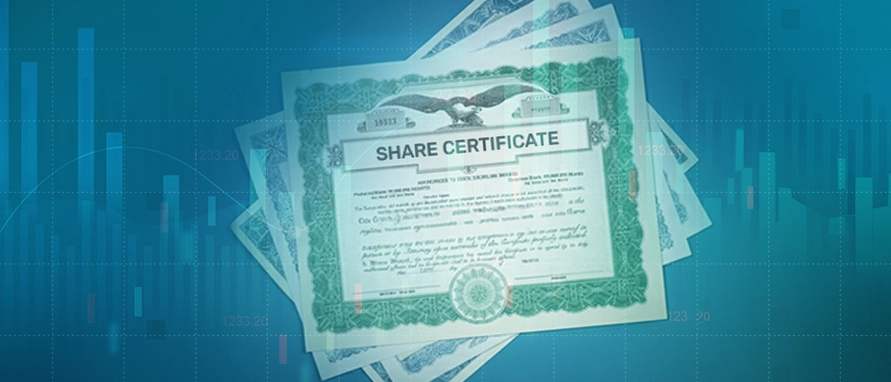
Nupur Wankhede

Anshika

Geetanjali Lachke

Roshani Ballal

Roshani Ballal

Anshika

Anshika

Nupur Wankhede
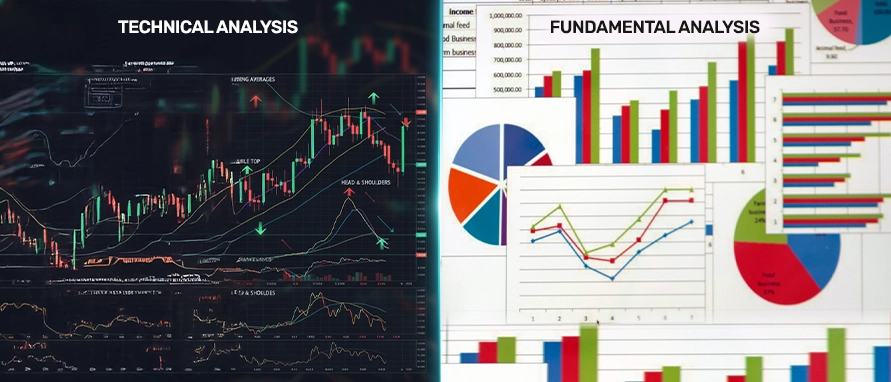
Anshika

Nupur Wankhede
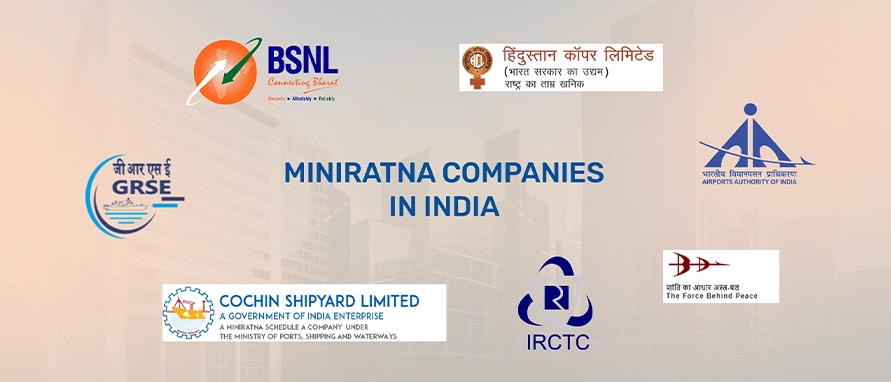
Nupur Wankhede

Geetanjali Lachke

Roshani Ballal

Roshani Ballal
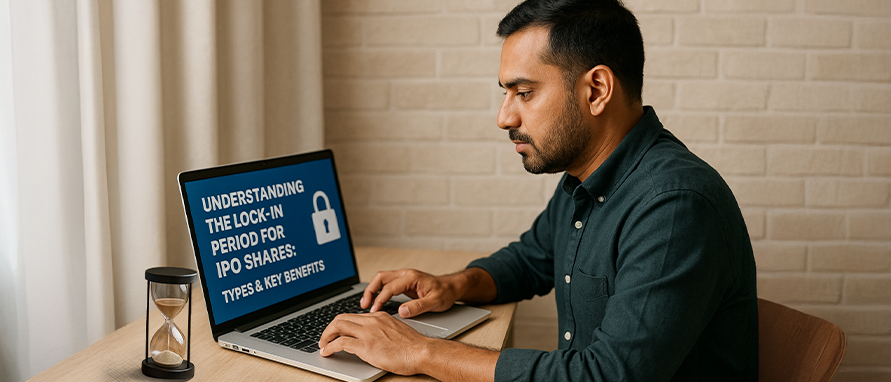
Geetanjali Lachke

Geetanjali Lachke

Nupur Wankhede

Nupur Wankhede

Nupur Wankhede

Nupur Wankhede

Nupur Wankhede

Nupur Wankhede

Nupur Wankhede

Nupur Wankhede

Geetanjali Lachke

Geetanjali Lachke
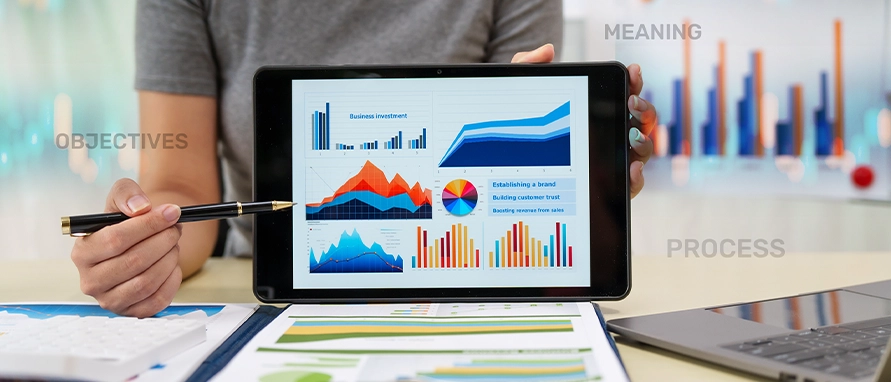
Roshani Ballal

Nupur Wankhede

Anshika

Anshika

Nupur Wankhede

Nupur Wankhede

Nupur Wankhede

Nupur Wankhede

Nupur Wankhede
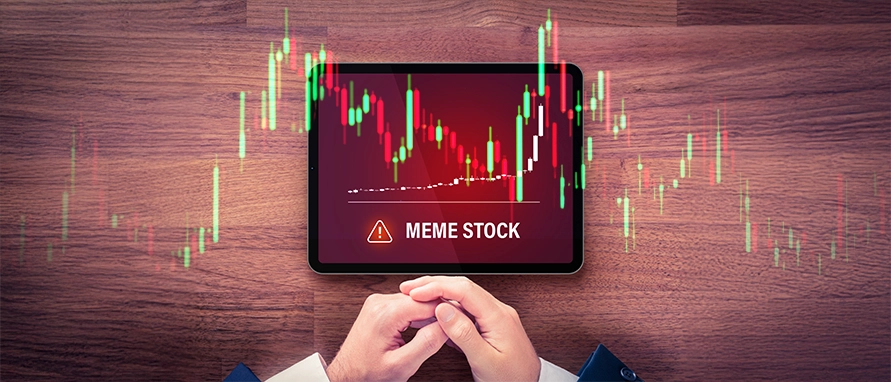
Nupur Wankhede
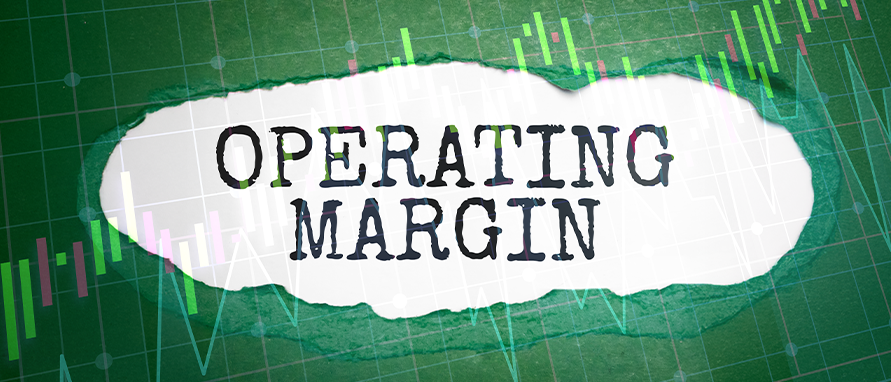
Nupur Wankhede

Nupur Wankhede
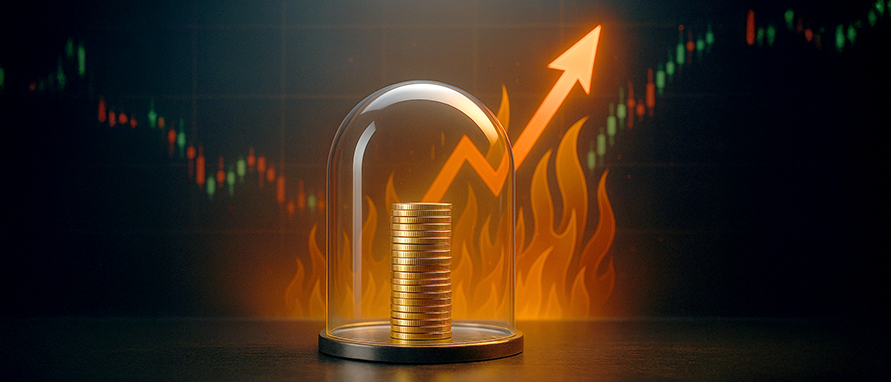
Nupur Wankhede

Nupur Wankhede

Nupur Wankhede

Nupur Wankhede

Roshani Ballal
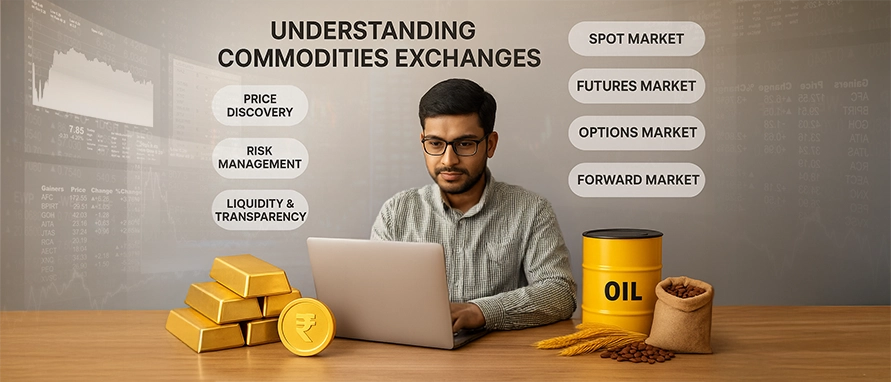
Anshika
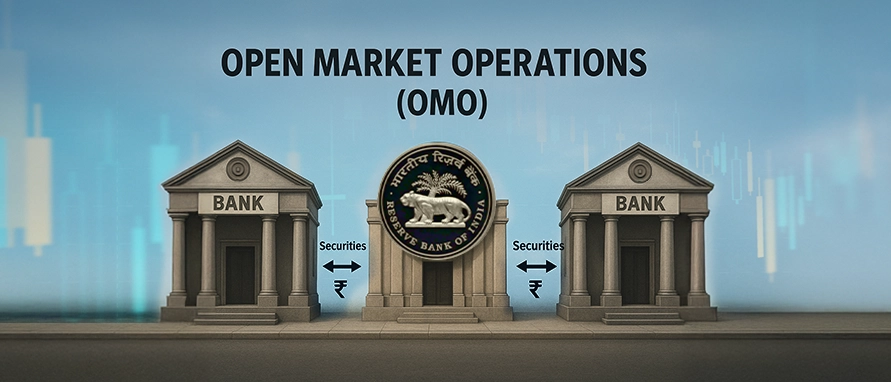
Nupur Wankhede

Geetanjali Lachke

Nupur Wankhede

Nupur Wankhede

Anshika
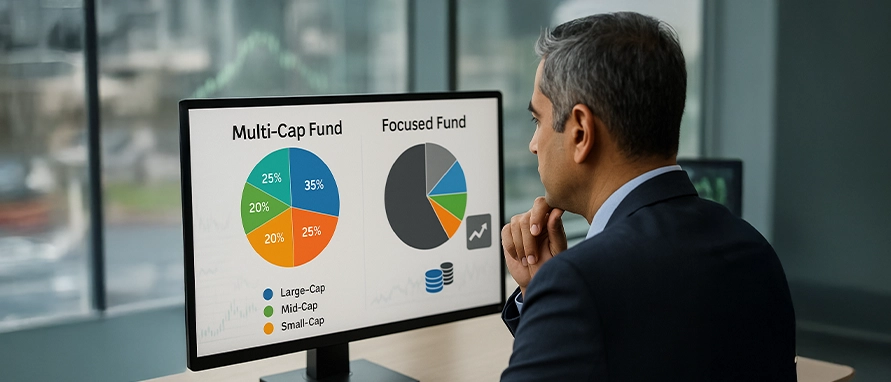
Anshika

Nupur Wankhede
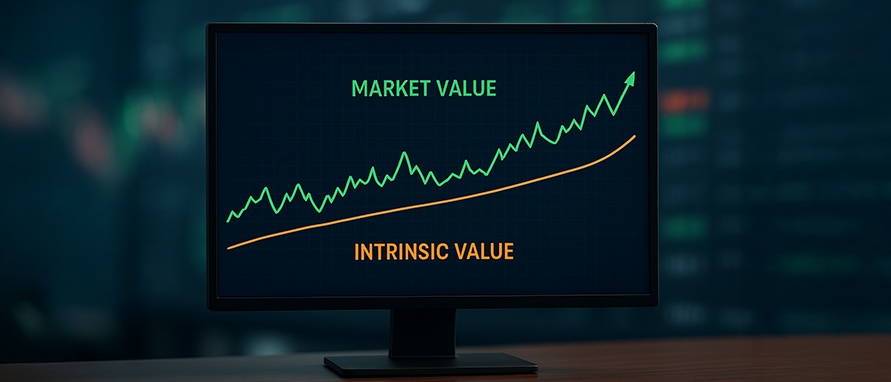
Anshika

Anshika

Nupur Wankhede
.webp)
Nupur Wankhede

Nupur Wankhede

Nupur Wankhede

Nupur Wankhede

Nupur Wankhede
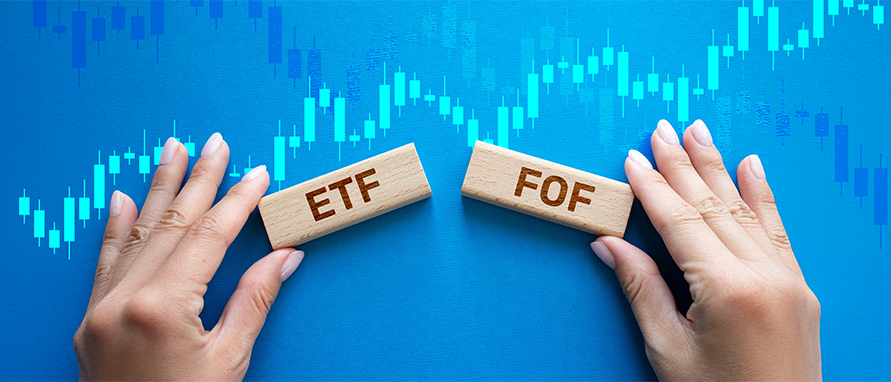
Nupur Wankhede

Nupur Wankhede
.webp)
Nupur Wankhede

Nupur Wankhede

Nupur Wankhede

Nupur Wankhede
-in-India.webp)
Nupur Wankhede

Nupur Wankhede

Nupur Wankhede

Anshika

Nupur Wankhede

Nupur Wankhede

Anshika

Anshika

Nupur Wankhede

Nupur Wankhede

Nupur Wankhede

Nupur Wankhede

Nupur Wankhede

Nupur Wankhede

Nupur Wankhede
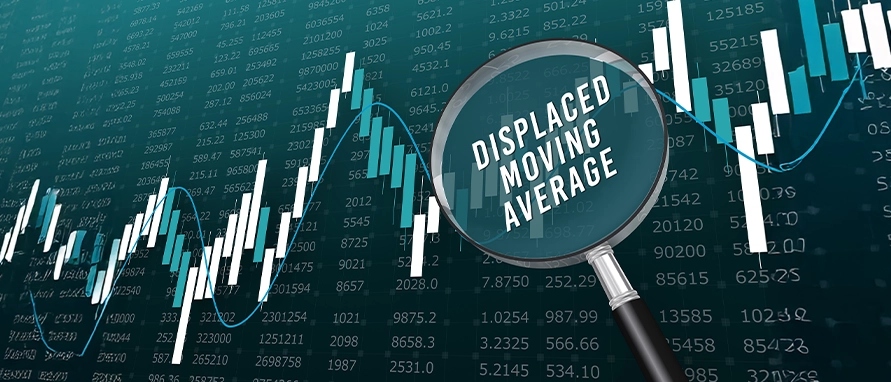
Nupur Wankhede
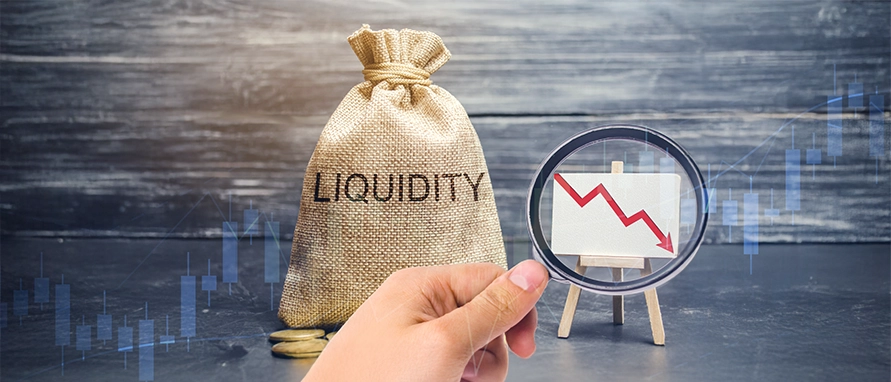
Nupur Wankhede
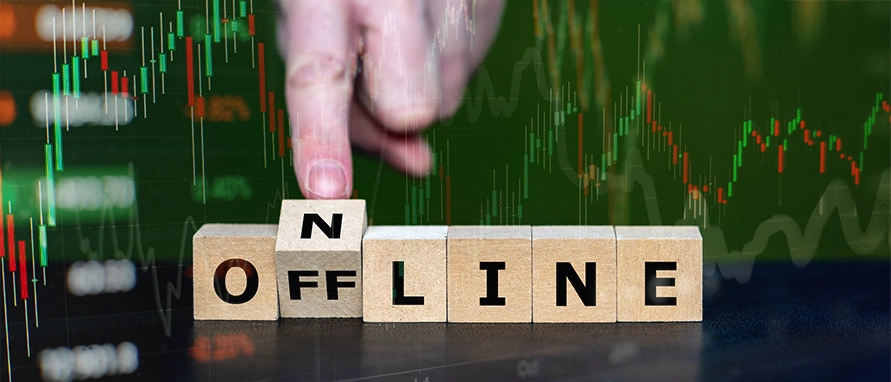
Nupur Wankhede

Anshika

Nupur Wankhede

Nupur Wankhede

Nupur Wankhede

Nupur Wankhede

Anshika

Nupur Wankhede

Nupur Wankhede
-Meaning-Importance.webp)
Nupur Wankhede

Anshika

Nupur Wankhede
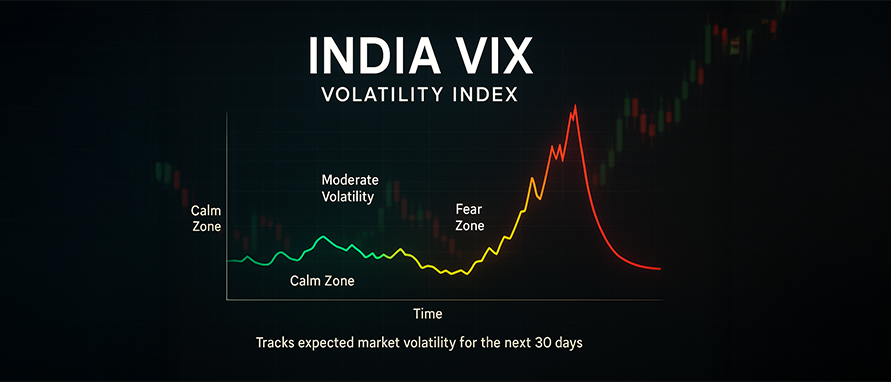
Nupur Wankhede

Nupur Wankhede
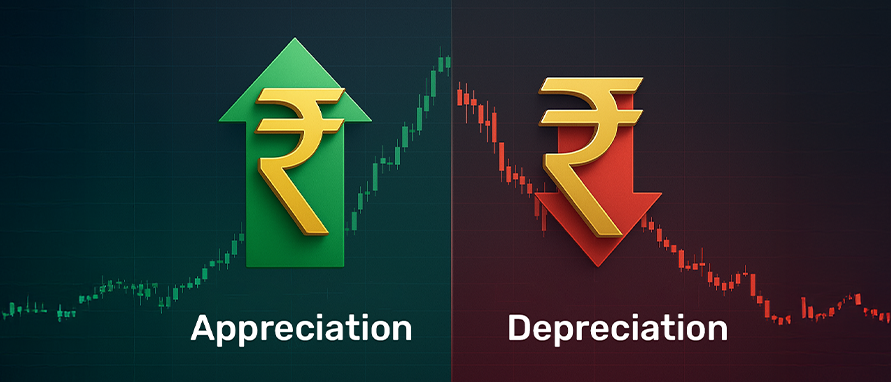
Anshika

Nupur Wankhede
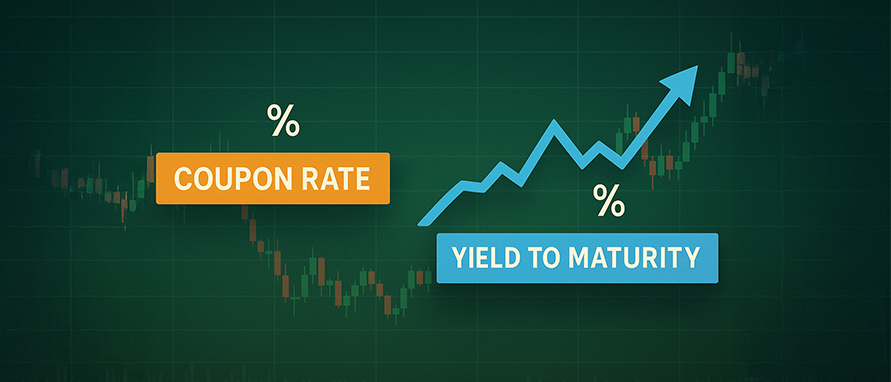
Nupur Wankhede
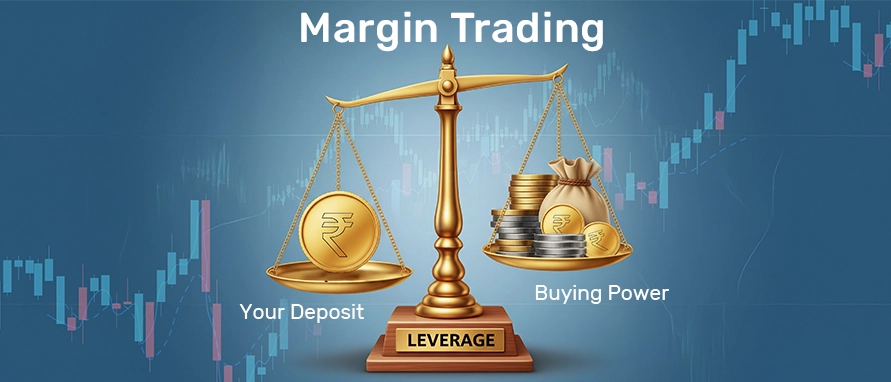
Nupur Wankhede

Geetanjali Lachke

Geetanjali Lachke

Geetanjali Lachke
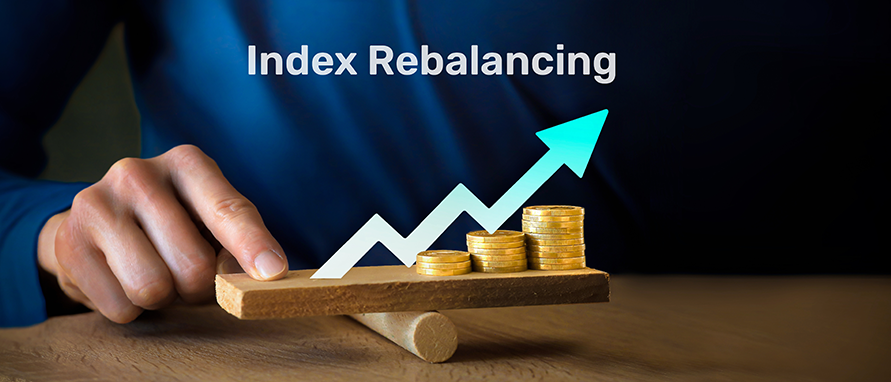
Anshika
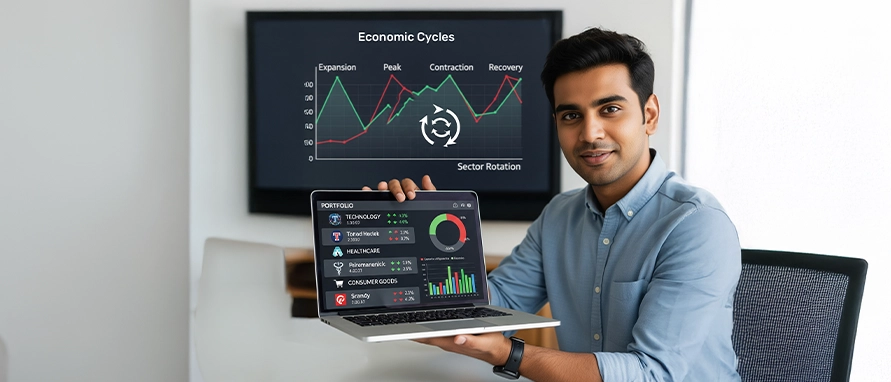
Anshika
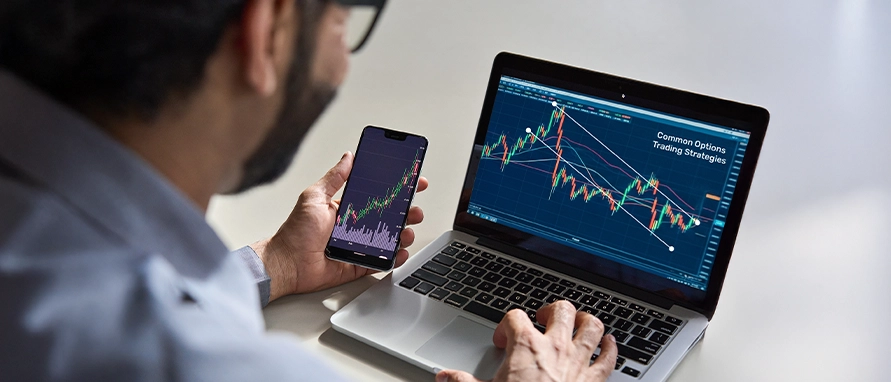
Nupur Wankhede
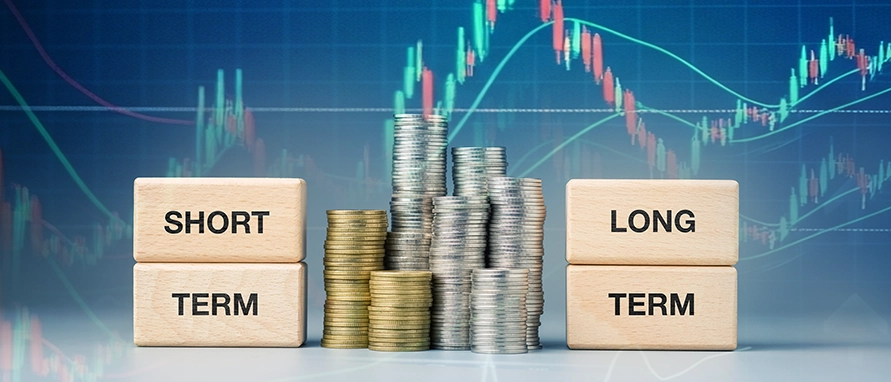
Nupur Wankhede
-portfolio.webp)
Nupur Wankhede

Anshika

Roshani Ballal

Geetanjali Lachke

Geetanjali Lachke

Geetanjali Lachke

Geetanjali Lachke

Geetanjali Lachke

Roshani Ballal

Roshani Ballal

Geetanjali Lachke

Geetanjali Lachke

Geetanjali Lachke

Roshani Ballal

Roshani Ballal

Geetanjali Lachke

Roshani Ballal

Roshani Ballal

Roshani Ballal

Roshani Ballal

Roshani Ballal

Roshani Ballal

Roshani Ballal

Roshani Ballal

Roshani Ballal






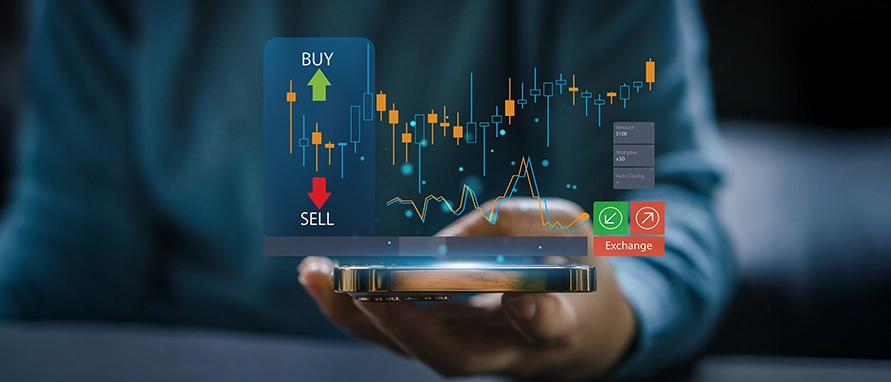
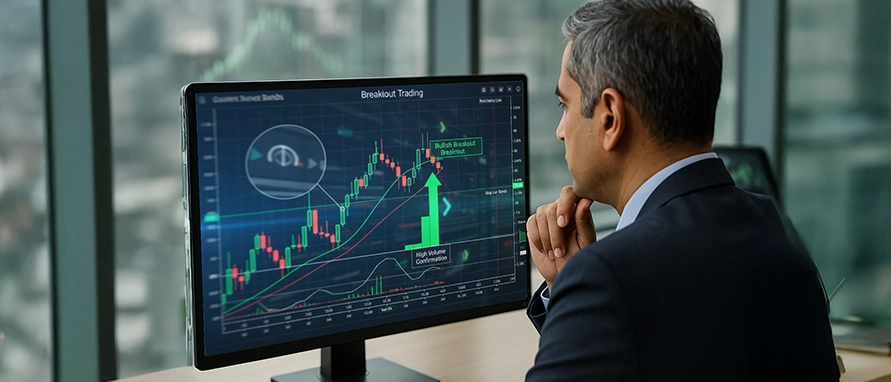
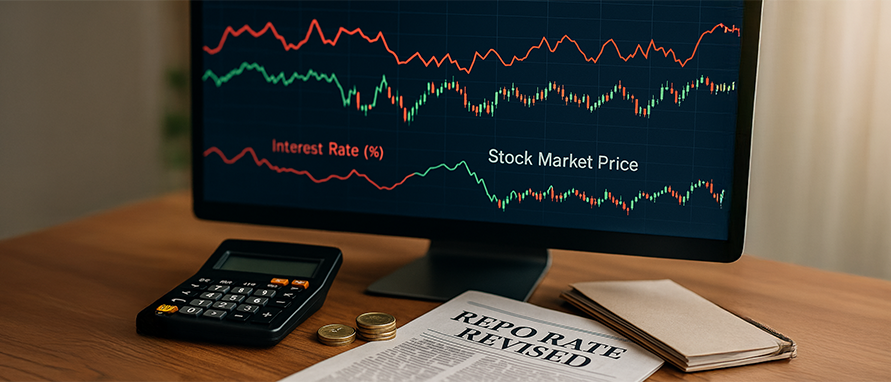
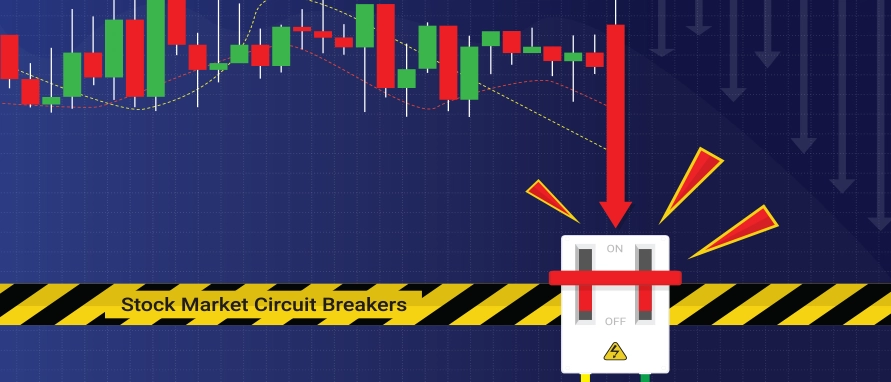




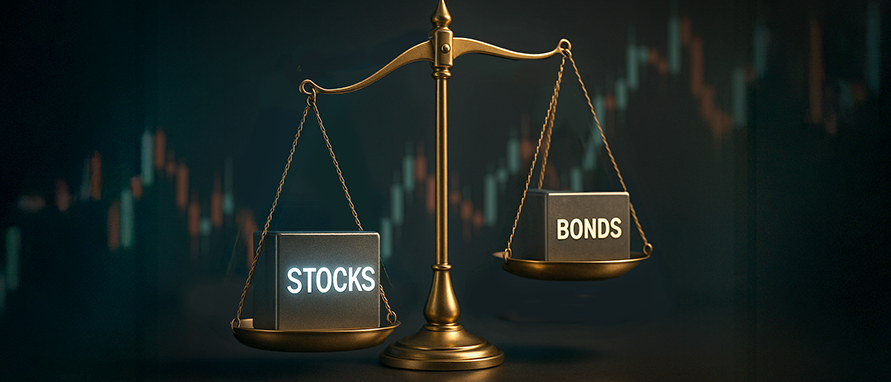
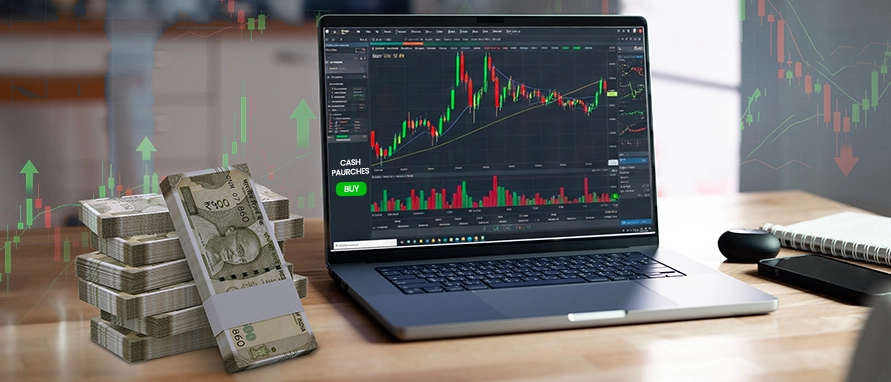









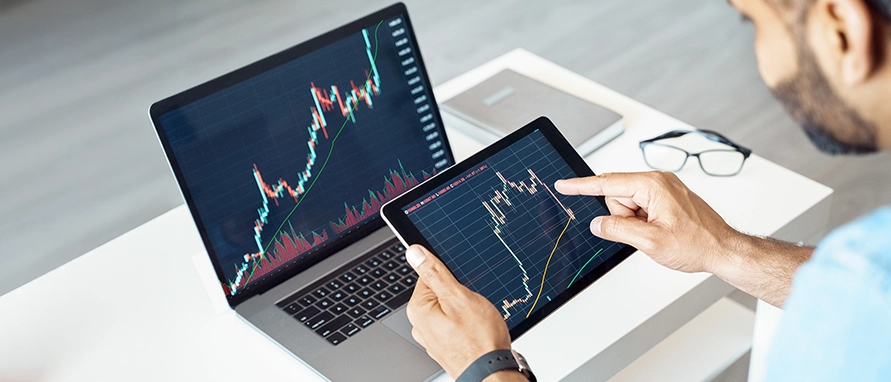

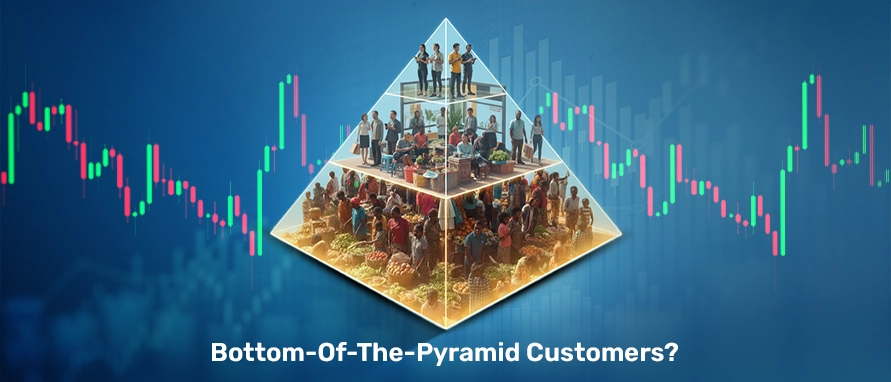
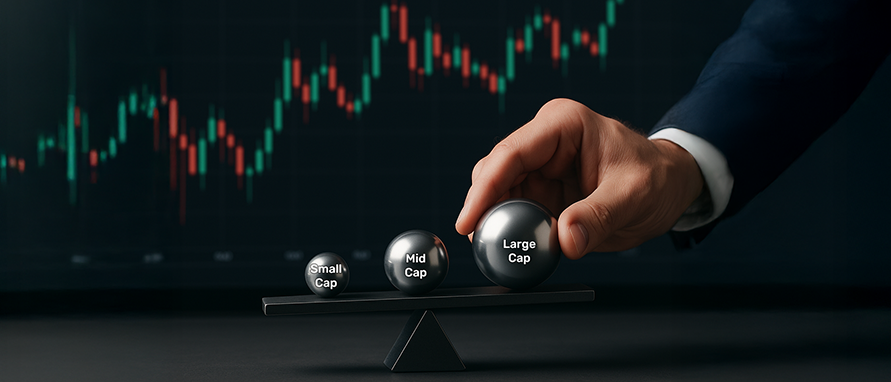






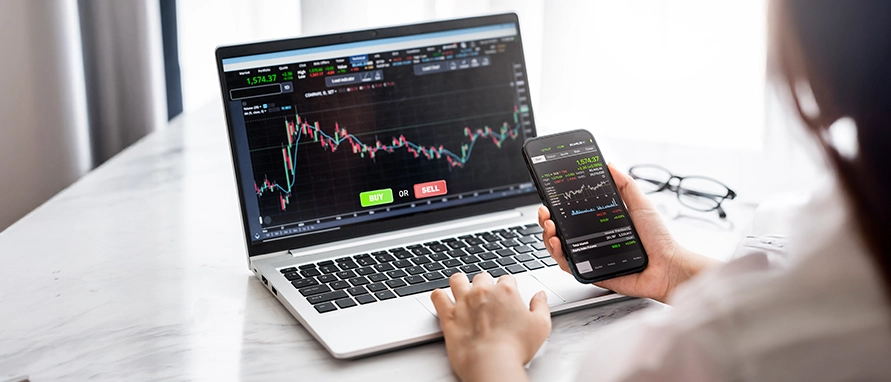


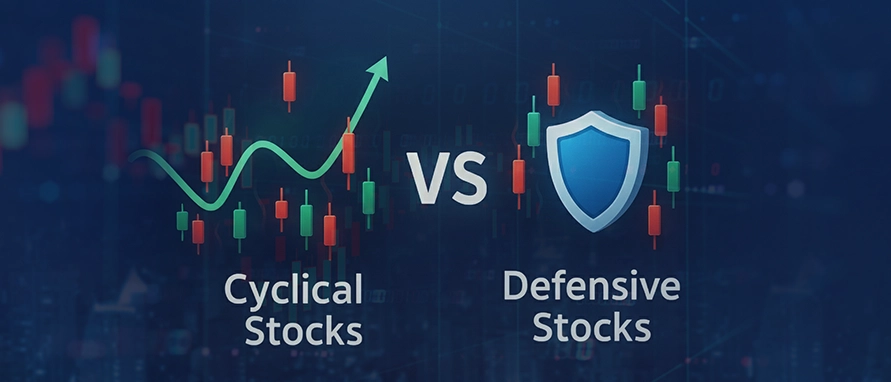
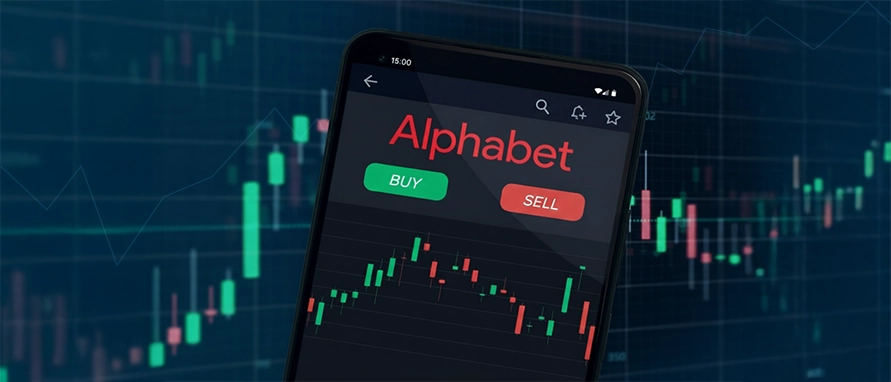



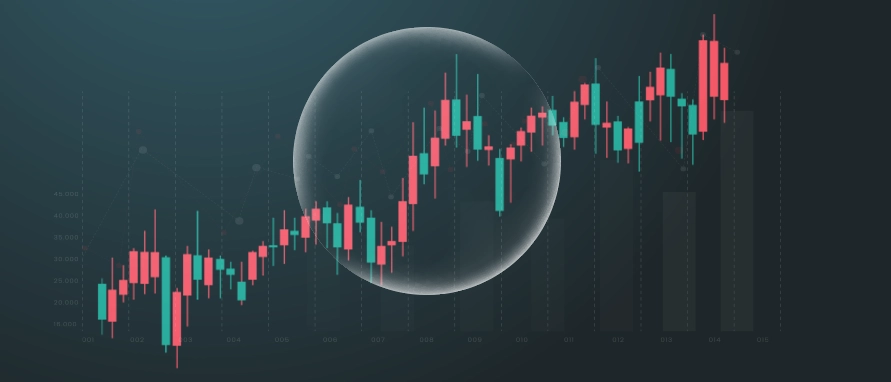










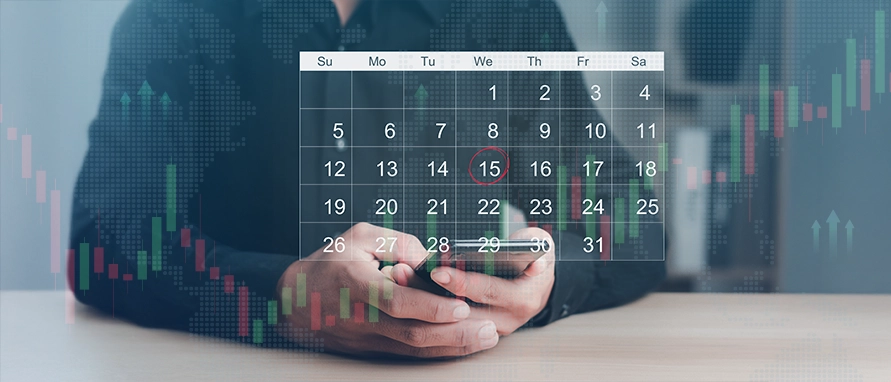

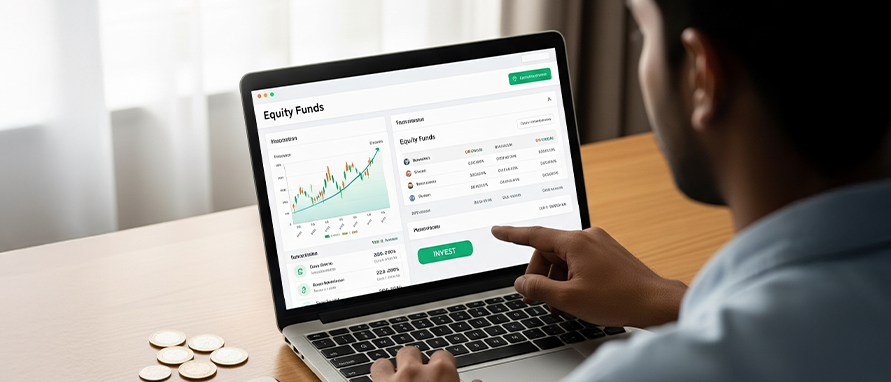

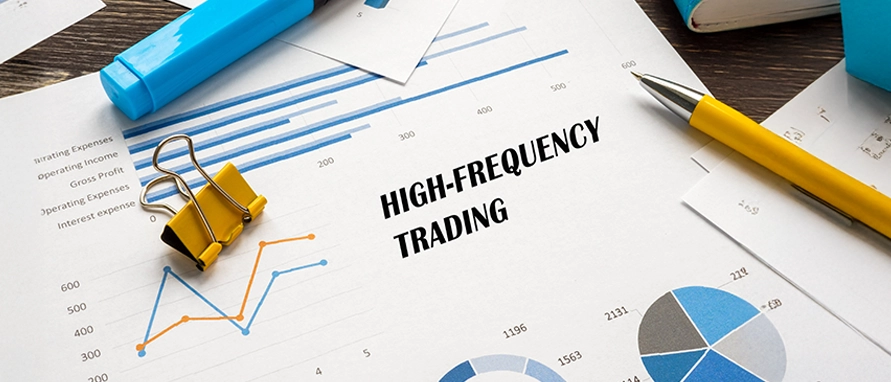

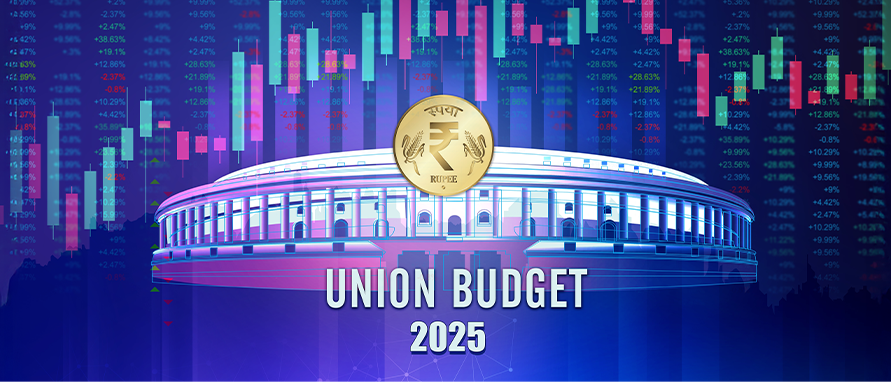
.webp)



.webp)


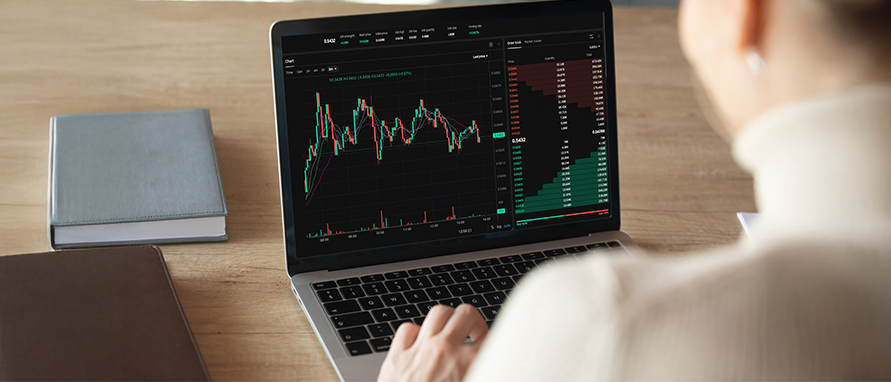

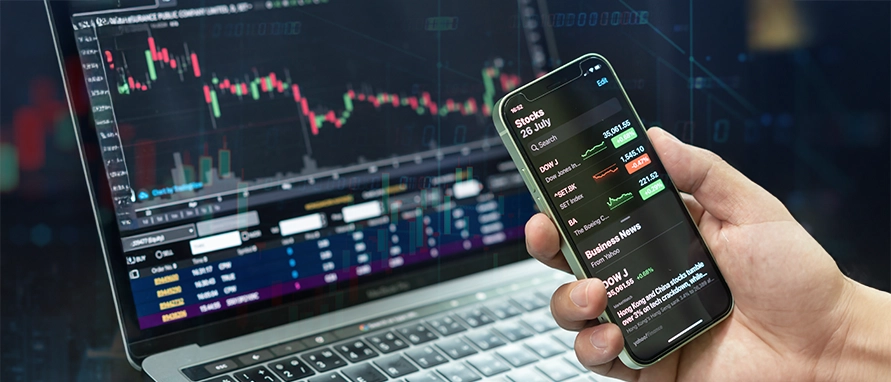
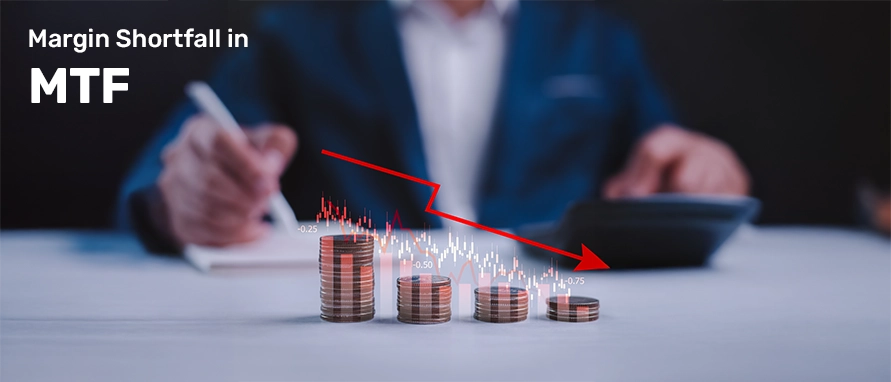





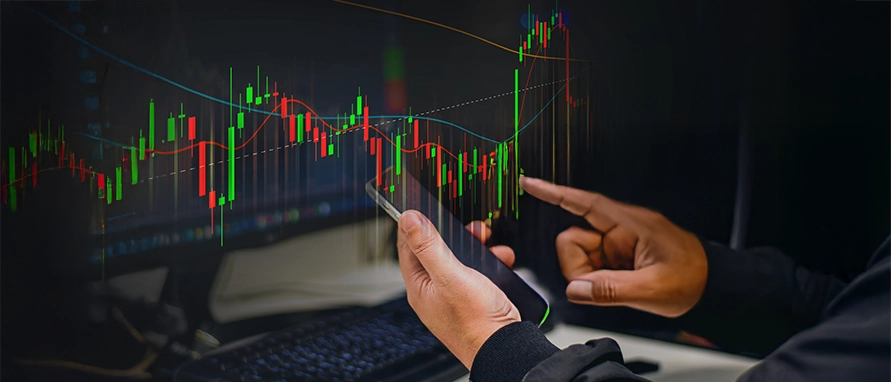
.webp)

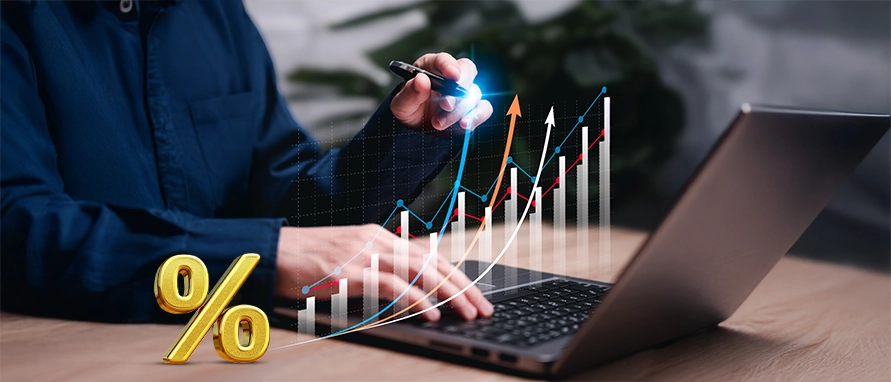
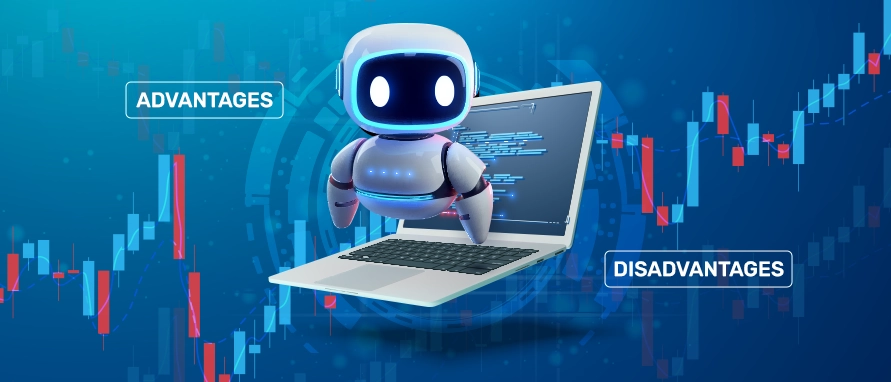
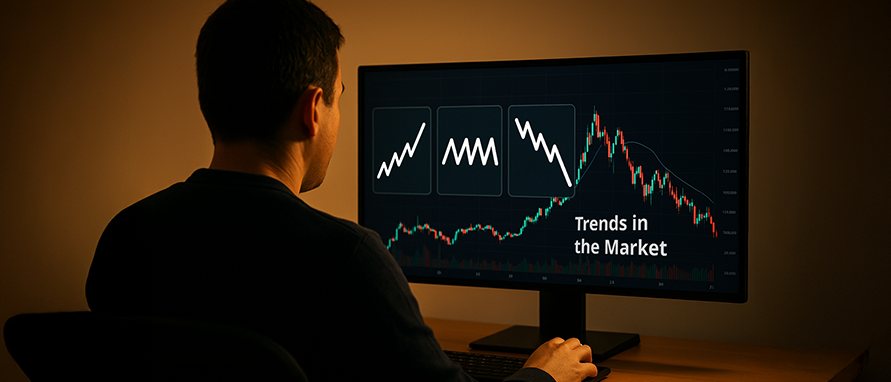
.webp)





